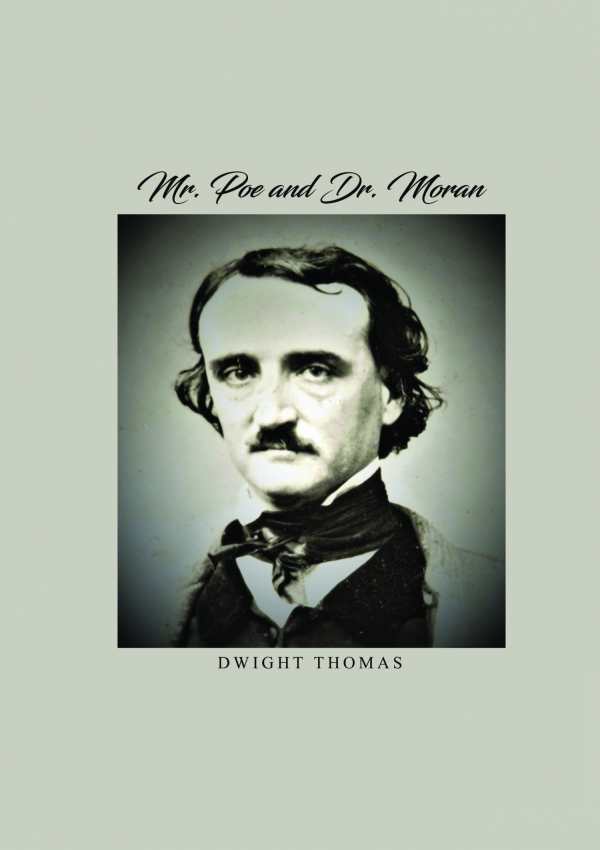Mr. Poe and Dr. Moran
A Medical Biography of Edgar Allan Poe
Measuring facts against fictions, the literary criticism–based biography Mr. Poe and Dr. Moran busts myths about Poe’s lifestyle and places his legacy in the context of US history.
Dwight Thomas’s biographical inquiry Mr. Poe and Dr. Moran is a mammoth tome on the life, death, and posthumous archive of Edgar Allan Poe.
Poe’s death in Baltimore in 1849 is the subject of much controversy, with diagnoses of his illness running the gamut from rabies to the common cold. Among its many peculiarities is that Poe’s attending physician, Dr. John J. Moran, fabricated details of the event in order to make a career out of giving speeches and writing treaties on the author. Mr. Poe and Dr. Moran places itself at the center of this debate, providing authoritative, often copious, analyses of the documents, individuals, and historical events that touched on Poe’s life and informed his posthumous memorialization.
In claiming that Poe died of acute alcohol withdrawal, the book pushes back on notorious claims that Poe was a drunkard, instead tracing a hidden story of abstinence and binge drinking from Poe’s young adulthood (at West Point he was described as having a habit of “constant drinking” yet never being intoxicated) that is substantiated in private letters. Moving from chapters on alcoholic typologies (Poe is diagnosed with “gamma alcoholism”) and prescientific medicine to in-depth studies of the veracity and intentions of various Poe biographers and firsthand witnesses, this book measures facts against fictions, busts myths about Poe’s lifestyle, and acts as a case study of Poe’s legacy.
Ample space is given to Edgar Allan Poe’s story, with the book covering his father’s presumed alcoholism, his loss of both of his parents when he was young, and the debts that plagued him. However, each new element that is introduced gives rise to long-winded digressions. A chapter-long recounting of George Washington’s death and the state of eighteenth-century medicine begins the book; another chapter explores the common symptoms of rabies in order to disprove that particular theory of Poe’s death. A third chapter includes a lengthy aside on Samuel Johnson’s biographer, James Boswell. And even within the explicitly biographical sections of this book, priority is given to granular details—for instance, information about who stepped on stage first at a Boston lecture series (politician Caleb Cushing). This level of detail leads to long unfocused sections that obscure the book’s larger arguments about Poe’s life.
Further, despite the presence of rigorous scholarship, the book includes a number of unsubstantiated claims regarding the memory of Poe’s biographers in order to credit or discredit them. Sarah Helen Whitman, an acquaintance of Poe’s, is described as having a memory that was “as sharp as ever” at the age of seventy when recording an encounter with Poe that occurred thirty-seven years earlier, while other biographers, like Joseph Evans Snodgrass, are deemed to have poor memories without supporting evidence to deemphasize their records. These subjective evaluations cast doubt on the book’s treatment of primary sources and early biographical records.
An encyclopedic look at the disputes around the life and death of Edgar Allan Poe, Mr. Poe and Dr. Moran is the intriguing biography of a troubled author covering the early formation of his legacy.
Reviewed by
Willem Marx
Disclosure: This article is not an endorsement, but a review. The publisher of this book provided free copies of the book and paid a small fee to have their book reviewed by a professional reviewer. Foreword Reviews and Clarion Reviews make no guarantee that the publisher will receive a positive review. Foreword Magazine, Inc. is disclosing this in accordance with the Federal Trade Commission’s 16 CFR, Part 255.


